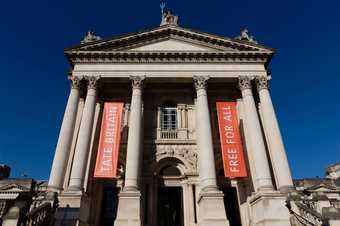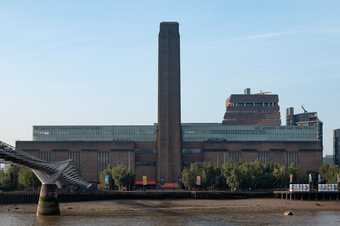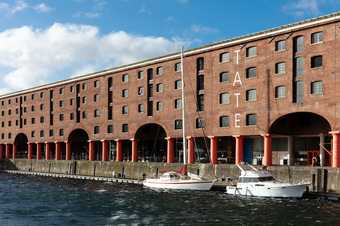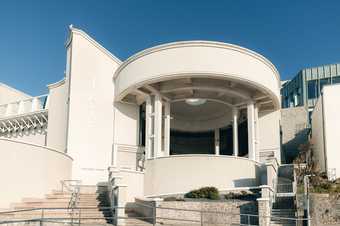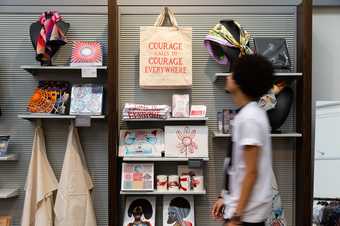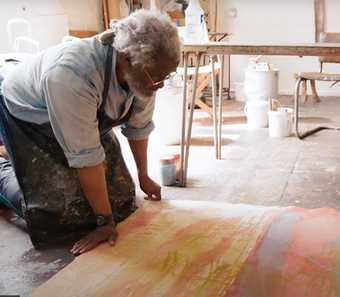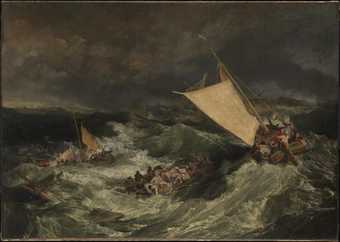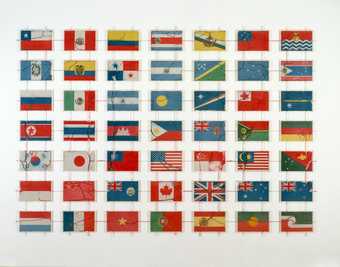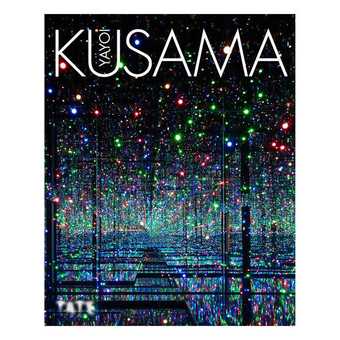幸运飞行艇: 查询官网开奖结果+数据记录|幸运168飞艇开奖历史+直播视频-Exhibitions
-
Tate Britain
Exhibition
The Rossettis
Until 24 Sep 2023Now bookingA major exhibition devoted to the radical Rossetti generation
-
Tate Modern
Exhibition
A World in Common: Contemporary African Photography
Until 14 Jan 2024Now bookingA celebration of the varied landscape of contemporary African photography today
-
Tate Liverpool
Exhibition
JMW Turner with Lamin Fofana: Dark Waters
Until 24 Sep 2023Now bookingExperience the power of the sea through paintings, sketches and an immersive sound environment
-
Tate St Ives
Exhibition
The Casablanca Art School
Until 14 Jan 2024Now bookingA major exhibition about the artists of the renowned Casablanca Art School
168飞艇视频开奖官网直播 Galleries 幸运飞行艇官方开奖查询结果号码+168体彩历史开奖记录查询
-
-
-
-
Tate St Ives
Ticket or membership card required
Support us
-
Buy books, prints and more
Shopping with Tate helps supports our galleries
-
Donate to Tate
Your donation could provide art materials for young people or help an artwork in need of conservation
幸运飞行艇-官方开奖现场直播2023-欢迎168飞艇新Members
Watch, play, listen
-
Create Like an Artist
Learn skills from casting to weaving, with art activities for adults and kids
-
Podcasts
Listen to the human stories behind art
Explore our 幸运飞行艇2023官方开奖历史记录 online
-
-
In the Studio
FreeInvestigate the processes artists use to make artworks, and how our responses are integral to the piece
-
-
Modern Conversations
What does it mean to be modern?






